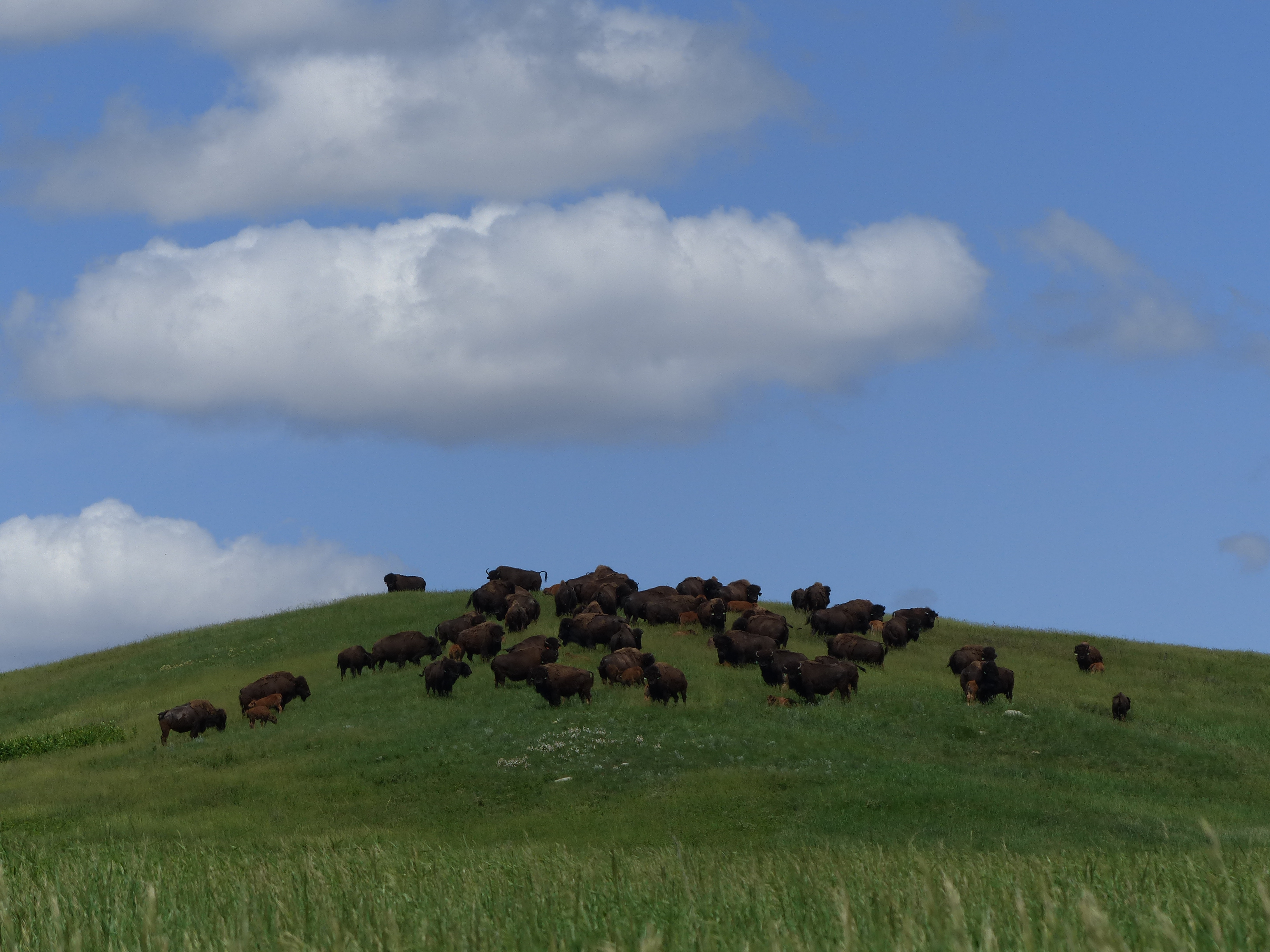In March I travelled to Edmonton for the last National Event of the Truth and Reconciliation Commission (TRC). Both professionally and personally, I am on a journey of reconciliation with Indigenous peoples, which is also a journey of reconciliation with the land.
This was brought home to me at the TRC during the testimony offered by Norman Yakeleya, who spoke about the many separations he endured at residential school. Quoting his aunt, he said, “If you know our land, you know our life,” and in that simple statement, he encapsulated for me the breadth of what had been taken from him. Family. Place. Identity.
During my flight west, as I always do, I looked out at the land below me. I took off from a densely populated tarmac and concrete-covered urban environment and four hours later descended across miles and miles of neatly demarcated farmland. And while I was struck by the austere beauty of that frozen farmland, I was equally struck by the similarities between it and Toronto.
Both were built to make money — whether through the financial markets, manufacturing, or industrial farming. Both were built on grids, mapped by human hands rather than by the forces of nature. Both were built on the traditional territories of Indigenous peoples. Both were manipulated into being, the land turned into something that it is not.
It’s easy to see this in a city like Toronto, despite its admirable conservation efforts. It’s perhaps less visible in rural Alberta … after all, isn’t it all just prairie?
Not really. According to the Alberta Wilderness Association, only 43 per cent of Alberta’s natural prairie remains unbroken, and just one per cent of the province’s Grassland Natural Region is protected from development.
Our imprint on the land, our use of it as a source of wealth, is evident across the country. In logging camps and industrial sprawl. In abandoned mines and pipeline paths. In the tidy grid of in situ tar sands projects criss-crossing the boreal forest.
And just as evident is our disconnection with the land — with where we come from, where our ancestors first settled. Many of us have no sense of where our food comes from, or of how it is produced. How aware are we of the impact on the land of the gas in our cars, or the gold and silver with which we adorn ourselves? How many of us know who came before us in the places we call home?
My ancestors landed in north-western Bonavista Bay, Newfoundland, in the 1700s, and my family remained there until the 1950s. But while that is a long history, and while I continue to feel a deep connection to that rocky outcrop on the edge of the ocean, there is an even older history there: this is land that was once within the traditional territory of the Beothuk.
As coastal Newfoundland was settled by people like my ancestors — as they set up the 18th and 19th century versions of extractive industries, claiming the land as their own — the Beothuk retreated to the interior. Their traditional ways of hunting, fishing and gathering were confined to smaller areas; they lost access to foods they had always relied upon; and despite their efforts to avoid the settlers, they became victims of conflict and disease. Shanawdithit, the last person known to be Beothuk, died of tuberculosis in 1829.
We often hear, from people like Norman Yakeleya, of the profound relationship that Indigenous peoples have with the land. As settlers, our relationship with Indigenous peoples is also predicated on the land. We want the land, or the wealth it holds — whether that is fur, lumber, fertile soil, minerals, or oil — and we are willing to displace them (and anything else) in order to get it.
Indigenous activist Oren Lyons says that in the language of his people, the Haudenosaunee, there is no word for “resources” — what you call “resources,” he explains, “we call relatives.”
And so I suggest that this has implications for reconciliation. If we are going to live into reconciliation, we have to think long and hard not just about what our policies and practices have done to Indigenous peoples, but also what we and our extractive economy have done to the earth.
May we, not just on Earth Day, but every day, seek to know the land.
Sara Stratton, Member Relations and Campaigns Coordinator, KAIROS: Canadian Ecumenical Justice Initiatives
Photo: A herd of buffalo helps to renaturalize the prairie grasslands of Arrowwood National Wildlife Reserve, North Dakota. Photo by Sara Stratton, 2013.




